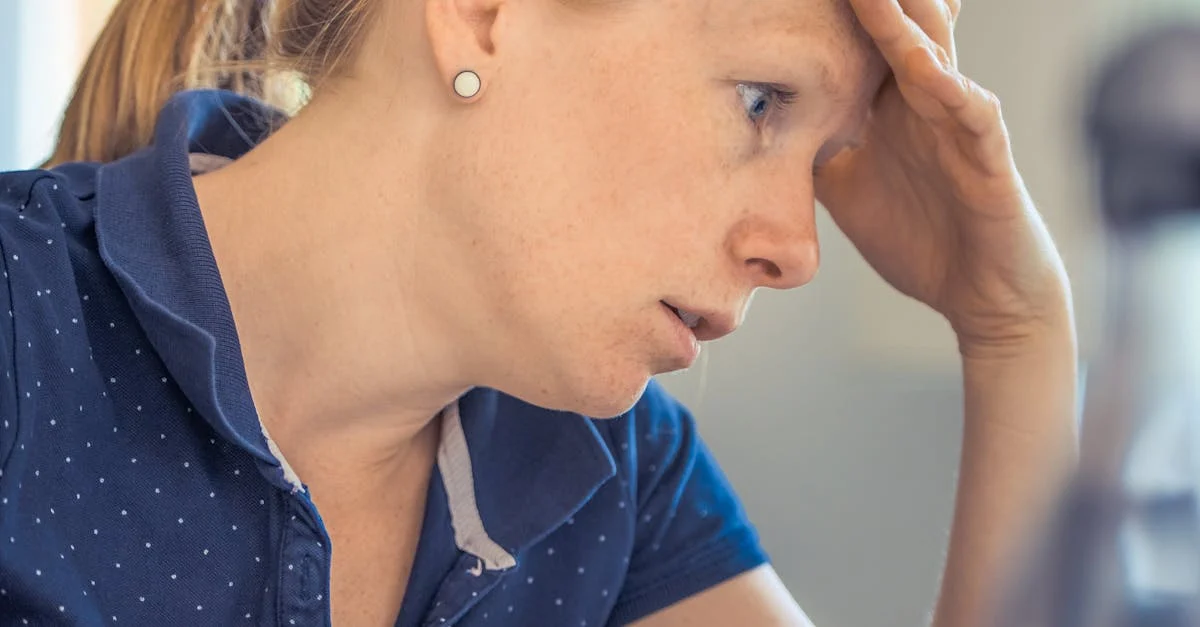In today’s fast-paced world, stress and anxiety can feel overwhelming, making it harder to breathe easy. Fortunately, there are effective techniques that can help you regain control over your emotional state. By learning to harness the power of your breath, you can discover simple yet powerful strategies to enhance your well-being. This article will explore 10 surprising techniques to help you how to reduce stress and anxiety, regardless of your situation, whether at home, at work, or as a student. Dive in, and let’s find some relief together!
Main Points
The following techniques are designed to enhance your breathing and promote relaxation. First, we will discuss the importance of deep breathing exercises to calm the mind. Next, we’ll explore how mindfulness practices can help you stay grounded. Additionally, we’ll look at the benefits of physical activity in managing stress levels. You’ll also find tips on utilizing breathing techniques as a quick fix for anxiety triggers. Lastly, we’ll introduce some lifestyle adjustments that can lead to long-lasting improvements in your overall emotional health. Each approach can provide you with tools to feel more at ease amidst life’s challenges.
Understanding the Physiology of Breath: How Breathing Affects Stress Levels
Breathing is an essential component of our physiology, directly influencing stress levels. When we breathe deeply, it activates the parasympathetic nervous system, promoting relaxation. This can help in learning how to reduce stress and anxiety naturally. Conversely, shallow breathing can heighten feelings of anxiety and tension. Mindful breathing practices—like the 4-7-8 technique—can be particularly effective for those wondering how to reduce stress and anxiety quickly.
Breathing Techniques to Consider
- Diaphragmatic Breathing: Encourages full oxygen exchange, calming the mind.
- Box Breathing: Helps regain focus during stressful moments, especially how to reduce stress and anxiety at work.
- Alternate Nostril Breathing: Balances energy in the body and promotes tranquility.
Understanding these techniques can not only enhance your breath awareness but also lead you to healthier stress management practices.
Breathing Techniques for Anxiety Relief: Practical Strategies for Everyday Use
When faced with anxiety, employing specific breathing techniques can be transformative. For instance, the 4-7-8 method encourages you to inhale for four seconds, hold for seven, and exhale for eight. This pattern helps calm the nervous system. Additionally, diaphragmatic breathing ensures you engage your diaphragm, enhancing oxygen intake and promoting relaxation. Many people find that combining these practices with how to reduce stress and anxiety with meditation is particularly effective, providing a simple way to center oneself amidst daily challenges.
Daily Practices
| Technique | Benefits |
|---|---|
| Box Breathing | Reduces immediate stress |
| Nasal Breathing | Improves overall calmness |
| Pursed-Lip Breathing | Enhances emotional regulation |
Incorporating these techniques with exercise can further enhance their effectiveness. Understanding how to reduce stress and anxiety through exercise provides a powerful avenue for alleviating tension. Additionally, students can benefit immensely from these methods to address academic pressures, effectively learning how to reduce stress and anxiety for students through practical, actionable steps.
The Role of Mindfulness in Breath Control: Enhancing Emotional Well-Being
Mindfulness plays a crucial role in effective breath control, significantly impacting emotional well-being. By focusing on the present moment, individuals can harness their breath to calm racing thoughts. This technique helps in how to reduce stress and anxiety by promoting relaxation. Engaging in mindful breathing exercises allows for greater awareness of emotional triggers. Consequently, one can navigate difficult feelings more skillfully. Incorporating these practices into daily life can offer profound benefits for mental health, ultimately enhancing overall quality of life.
Incorporating Breath Work into Daily Routines: A Guide to Lifelong Stress Management
Integrating breath work into your daily routine can significantly enhance your ability to manage stress effectively. It offers a simple yet powerful tool for improving mental clarity and emotional resilience. To begin, find a quiet space and practice deep breathing techniques. Over time, these techniques can create profound changes in how you perceive stress. Consider the following steps:
- Establish a routine: Set aside specific times for breath work, such as morning or before sleep. This consistency reinforces the habit.
- Experiment with techniques: Try various methods like diaphragmatic breathing or box breathing to discover what resonates with you.
- Reflect on your feelings: After each session, take a moment to acknowledge how you feel, enhancing your awareness of stress levels.
By consciously incorporating breath work daily, you can effectively learn how to reduce stress and anxiety, fostering a healthier and more balanced life.
The Science Behind Breath: How Oxygenation Influences Mental Clarity and Calmness
Breathing serves as a pivotal connection between our body and mind. When we inhale deeply, we enhance our oxygenation, which directly influences mental clarity. This process not only fuels our brain but also promotes a sense of tranquility. Surprisingly, the right breathing techniques can help reduce stress and anxiety. Many people overlook the complexity of this vital action. Breathwork can uniquely cultivate a calm environment internally, allowing for better focus and emotional stability.
Conclusion
In conclusion, incorporating these techniques into your daily routine can truly make a difference in how to reduce stress and anxiety. Establishing a consistent practice of mindful breathing, for example, allows you to regain control over your emotions in moments of pressure. Additionally, recognizing the power of simple acts—such as stepping outside for fresh air or engaging in light movement—can significantly improve your overall well-being. Remember, the methods we’ve discussed serve as tools you can use to navigate life’s challenges with greater ease. Embrace these strategies, and you may find that managing stress and anxiety becomes a more intuitive part of your life. Ultimately, taking the time to breathe easier can lead to healthier, happier days ahead.
Frequently Asked Questions
What are some common techniques to reduce stress and anxiety?
Common techniques include deep breathing exercises, meditation, physical activity, journaling, and engaging in hobbies.
How does regular exercise help in managing stress?
Regular exercise releases endorphins, improves mood, and promotes better sleep, all of which help reduce stress and anxiety.
Can mindfulness and meditation really help with anxiety?
Yes, mindfulness and meditation can help by promoting relaxation, increasing self-awareness, and decreasing negative thoughts.
Are there specific foods that can help reduce anxiety?
Yes, foods rich in omega-3 fatty acids, antioxidants, and vitamins such as dark chocolate, berries, and leafy greens can help reduce anxiety.
How important is sleep for managing stress?
Sleep is crucial for mental health. Lack of sleep can increase stress levels and affect mood, so ensuring good sleep hygiene is essential.



